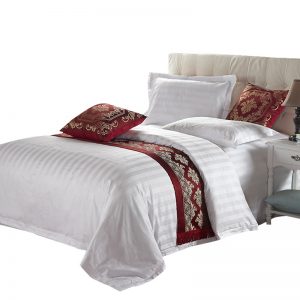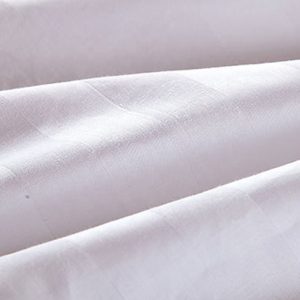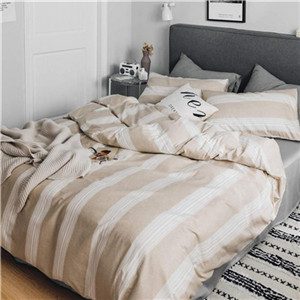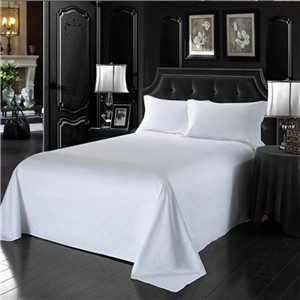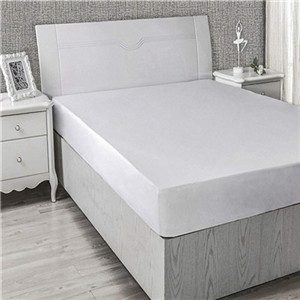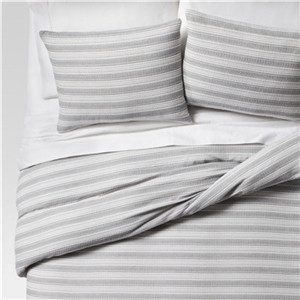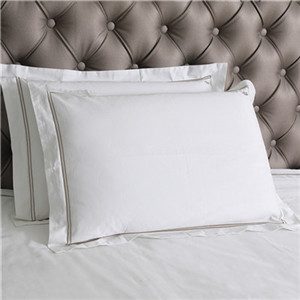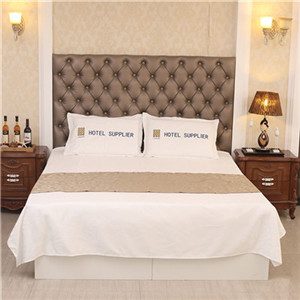In addition to the requirements for the removal of the fabric, the bedding must have good internal quality requirements, such as the degree of tearing, abrasion resistance, moisture absorption, shrinkage, and color fastness of the fabric. use. The applicable fabrics for bedding are polyester-cotton, pure cotton, acrylic, real silk, linen and some blended fabrics. At present, the bedding fabrics on the market are mainly divided into two types: pure cotton and polyester-cotton. Let’s first talk about the types of bedding textile materials, including the following three aspects.
1) Natural fiber
It is a fiber that grows on animals or plants in nature, and generally has good comfort. Compatible with the human body and good for health. However, the durability is poor. If it is not handled well, it is easy to fade and shrink. If it is not well maintained, it is prone to mold and worms, and is expensive. Generally, natural fiber fabrics are mostly used for high-end bedding. Such as pure cotton, silk, linen, etc.
2) Chemical fiber
Divided into two kinds of man-made fibers and synthetic fibers. It is made by chemical and mechanical processing of natural materials. It has poor comfort, abundant resources, and low price, but it is strong, not easy to break, not moldy, and does not produce moths. Polyester, acrylic, spandex, etc.
3) Blended fiber
Part of natural fiber and part of chemical fiber are mixed together and called blended fiber. Common polyester-cotton (T/C) cloth is made of blended fibers. Blended fibers can not only display the comfort characteristics of natural fibers, but also the durability of chemical fibers, and have the characteristics of low price and bright colors. Generally, middle and low-end bedding products are woven into fabrics using blended fibers as raw materials, and then printed and dyed into fabrics.
